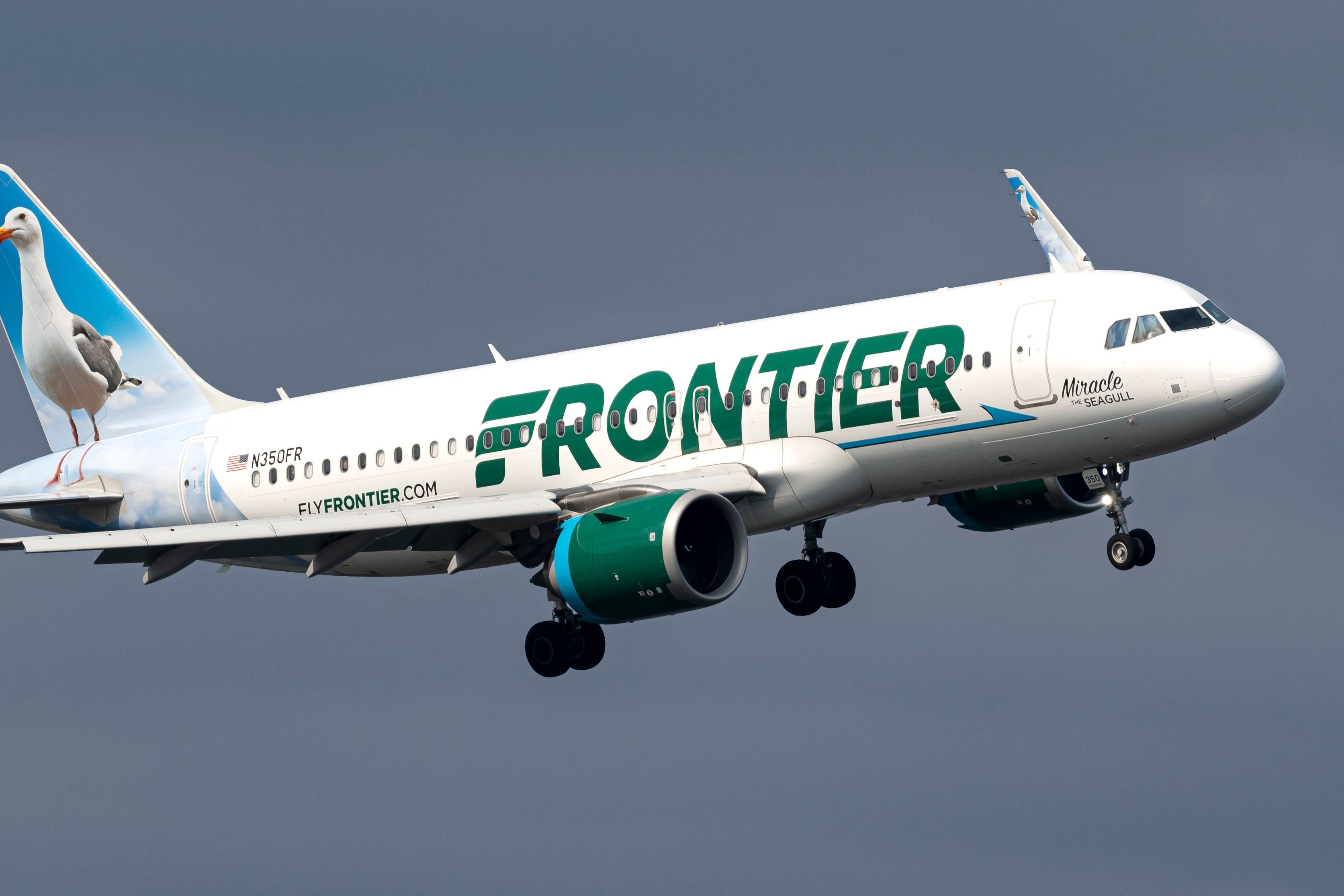Summary Frontier Airlines has made a small profit in Q2 and H1, despite overcapacity in the market, according to its chief executive. Revenue performance had worsened during the quarter, as its load factors, average fare revenue, and revenue per available seat mile (RASM) declined compared to Q2 2023. The airline also deferred aircraft deliveries while canceling an order for 18 A321XLR aircraft.
Frontier Airlines has announced its Q2 2024, with the low-cost carrier earning a small profit. At the same time, the airline deferred some aircraft deliveries while swapping the Airbus A321XLR for A321neos. Frontier’s small profit During the quarter, Frontier Airlines improved its revenues by 1%, ending the period with revenues of $973 million.

The airline also highlighted that it had managed to achieve an annual run rate cost savings of more than $100 million. In Q2, its costs were $948 million, while during the same quarter in 2023, the carrier’s expenses were $888 million. However, its cost per available seat mile (CASM) was $8.
89 cents, while in Q2 2023, it was $9.51 cents, meaning that Frontier Airlines has managed to substantially reduce its expenses to transport a seat a single mile. The results proved to be a mixed bag.
Its average load factor had gone down 7.2% year-on-year (YoY), with the carrier’s average load factor being 78.1% in Q2.
In total, Frontier Airlines’ average operated fleet was 145 aircraft, while it ended the period with 148 aircraft. As a result, the low-cost carrier welcomed 8.8 million passengers, an increase of 17% YoY.
As such, the airline ended the quarter with a net profit of $31 million and H1 with a net profit of $5 million. In Q2 and H1, Frontier Airlines earned $77 million and $148 million from sale-and-leaseback (SLB) transactions, respectively. Since they were included “as a component of other operating expenses,” the $148 million income from SLBs helped the airline offset depreciation and amortization, stock-based compensation, and deferred income tax expenses.
Thus, Frontier Airlines was able to squeeze out a $5 million profit in H1. Cleveland, Cancun, Orlando, and Philadelphia will be the hardest hit. Worsening revenue performance While its overall revenue grew slightly YoY, in addition to worsening load factors, Frontier Airlines’ fare revenue, total revenue per passenger, and revenue per available seat mile (RASM), had declined YoY.
Its average fare revenue was $39.91 (-16% YoY), total revenue per passenger was $109.25 (-14% YoY), and RASM was $9.
12 cents (-11% YoY). “RASM was also impacted by the effects from the above-average concentration of capacity in new markets and the launch of 'The New Frontier' during the quarter, which, among other things, eliminates change fees on certain product bundles, provides more transparent pricing and greatly expands customer benefits and support.” Barry Biffle, the chief executive officer (CEO) of Frontier Airlines, admitted that there was an oversupply of capacity in the US .
Biffle added that the airline navigated the quarter partly due to its network and revenue diversification, which was combined with its industry-leading and ever-improving cost advantage. The CEO admitted that while travel demand has been resilient on peak days of the week, post-pandemic travel patterns have forced Frontier Airlines to focus on flying on peak days. “Coupled with the maturity of new revenue initiatives and our cost advantage, we believe we will drive margin improvement and be the clear low-cost winner in 2025 and beyond.
” Frontier Airlines’ guidance detailed that its Q3 capacity should grow from 4% to 6%, with a negative adjusted pre-tax margin of from 3% to 6%. Its full-year capacity should grow between 5% and 7%, while its adjusted pre-tax margin could range from -1.5% to 1.
5%. These changes have come as cost pressures have resulted in worsening financial performance among the US-based low-cost carriers. Deferring aircraft deliveries In Q2, Frontier Airlines took delivery of six A321neo aircraft that were financed by SLB transactions, allowing it to increase its fleet proportion of A320neo family aircraft to 80%.
As of June 30, the airline had commitments for 198 A320neo family aircraft, with deliveries scheduled through 2029. However, in August, Frontier Airlines finalized an agreement with Airbus, deferring aircraft that were scheduled to be delivered between 2025 and 2028 to between 2029 and 2031. In addition, the airline canceled its A321XLR order, which was finalized in June 2019, when the carrier purchased 18 A321XLRs.
Furthermore, it converted 18 A320neo aircraft into A321neos, further upgauging its fleet. As a result, the low-cost carrier will introduce fewer aircraft over the next four years, reducing its financing needs and pre-delivery payment (PDP) commitments. Year Aircraft delivery changes Planned deliveries following changes to the delivery schedule 2025 -21 21 2026 -19 22 2027 -8 34 2028 -6 34 2029 14 36 2030 and onward 40 40 The airline joined JetBlue and Spirit Airlines , two other low-cost carriers that have been struggling to manage their financial performance in Q2, that have also deferred aircraft deliveries from Airbus.
Both Frontier Airlines and Spirit Airlines have added a lot of capacity to the domestic US market, including on flights to Florida..



















